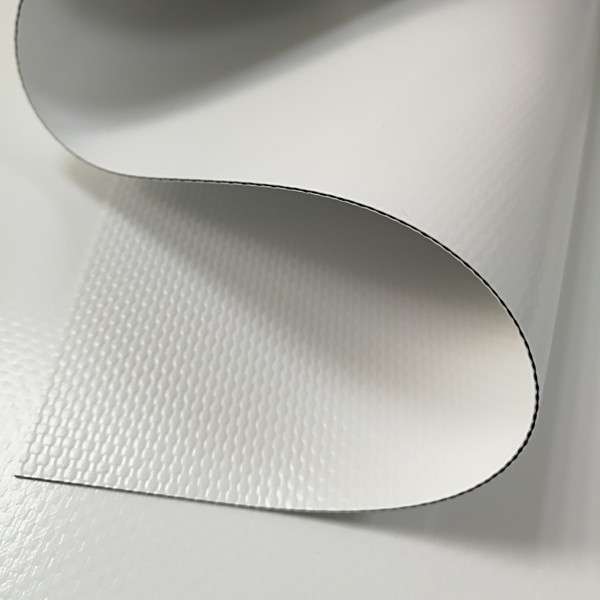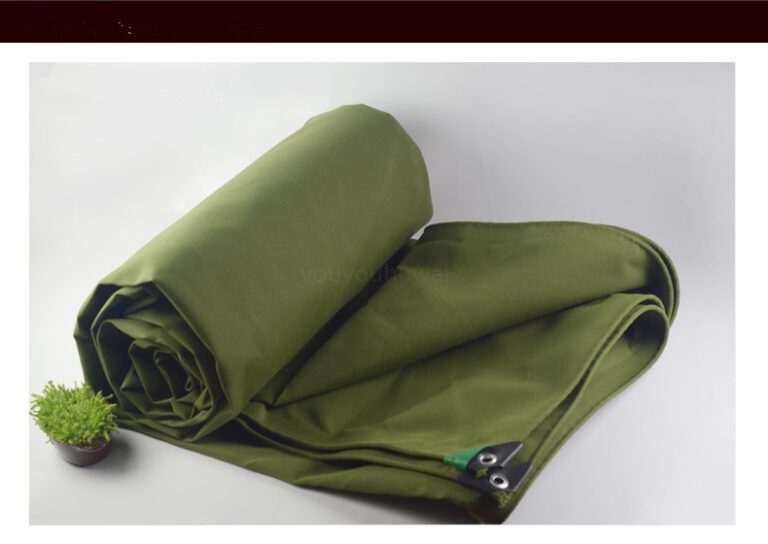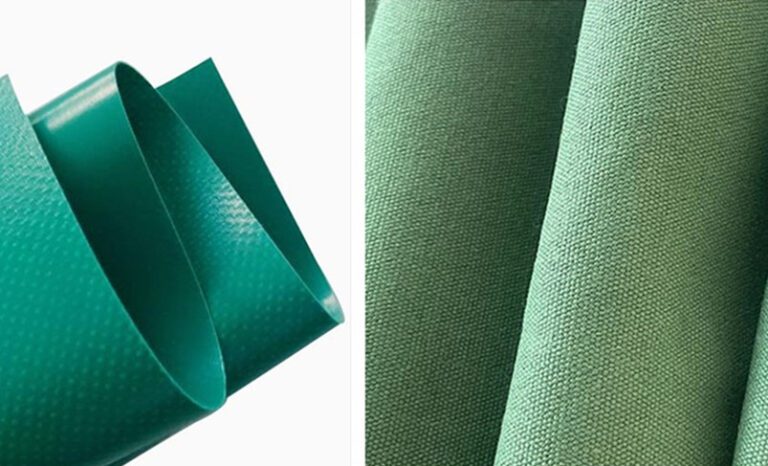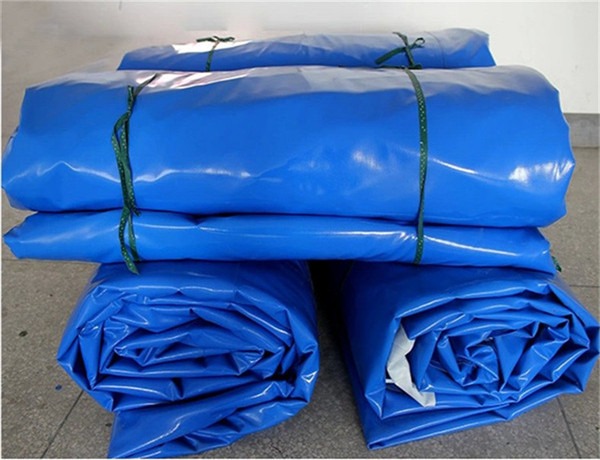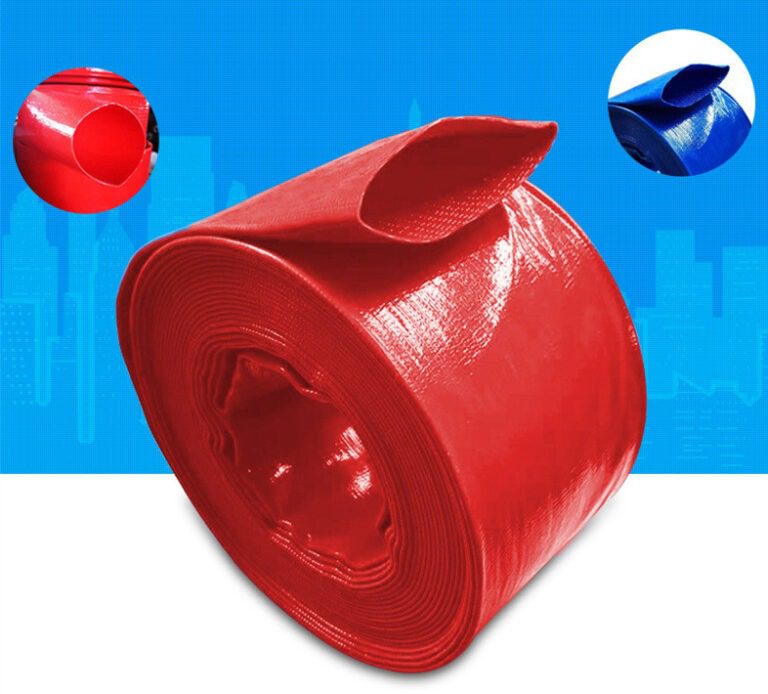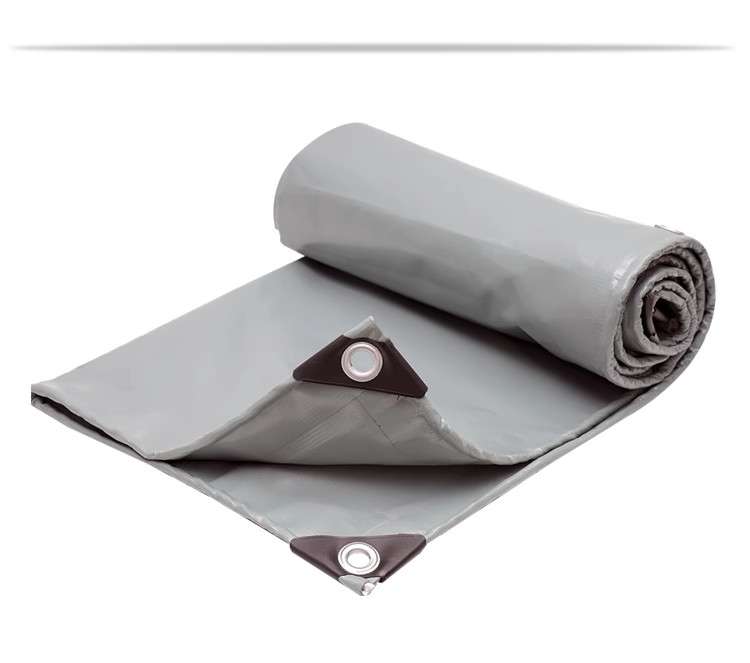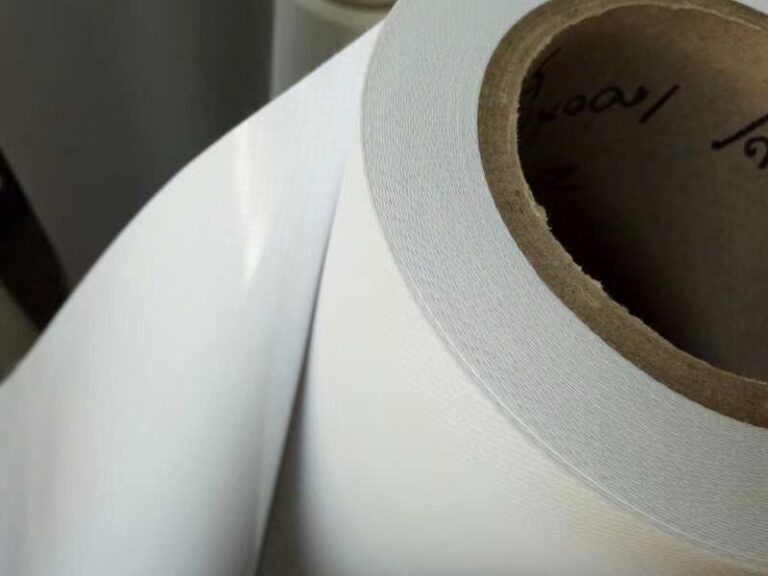The Production Process of PVC Tarpaulin Fabric
The production process of PVC tarpaulin fabric involves several key steps, from the selection of raw materials to the finishing processes. Here is an overview of the main production process:
- Selection of Raw Materials:
- The production begins with the selection of raw materials. The base fabric used in PVC tarpaulin is typically made of polyester or other synthetic fibers. The choice of base fabric depends on the desired strength, durability, and flexibility of the final product.
- Preparation of Base Fabric:
- The selected base fabric undergoes preparation processes, including cleaning and coating. The fabric needs to be free from impurities and contaminants to ensure proper adhesion of the PVC coating.
- Coating or Laminating:
- Depending on the specific type of PVC tarpaulin being produced (coated or laminated), the next step involves applying the PVC material to the base fabric.
- For PVC Coated Tarpaulin: A layer of liquid PVC is applied as a coating to one side of the base fabric. The coated fabric is then cured or set to form a solid layer.
- For PVC Laminated Tarpaulin: Layers of PVC film are bonded onto both sides of the base fabric using a lamination process. This creates a sandwich-like structure with the fabric encapsulated between two layers of PVC film.
- Depending on the specific type of PVC tarpaulin being produced (coated or laminated), the next step involves applying the PVC material to the base fabric.
- Calendering (Optional):
- In some cases, the coated or laminated fabric may undergo a calendering process. Calendering involves passing the material through hot rollers to enhance smoothness, thickness uniformity, and overall quality.
- Heat Treatment:
- The coated or laminated fabric is subjected to heat treatment to ensure proper curing and bonding of the PVC tarpaulin material to the base fabric. This step contributes to the fabric’s stability, strength, and resistance to environmental factors.
- Inspection and Quality Control:
- The finished PVC tarpaulin undergoes thorough inspection to check for any defects, irregularities, or inconsistencies. Quality control measures are implemented to meet the specified standards and requirements.
- Printing and Additional Finishing (Optional):
- If the PVC tarpaulin requires printing or additional finishing, such as adding specific colors, patterns, or special coatings (e.g., UV-resistant coatings), these processes are carried out at this stage.
- Cutting and Packaging:
- The finished PVC tarps is cut into the desired sizes and shapes based on customer requirements. The final products are then packaged and prepared for distribution or further processing.
Throughout the entire production process, strict quality control measures are implemented to ensure that the PVC tarpaulin meets industry standards and performs effectively in its intended applications, whether it’s for truck covers, tents, awnings, or other outdoor uses.

